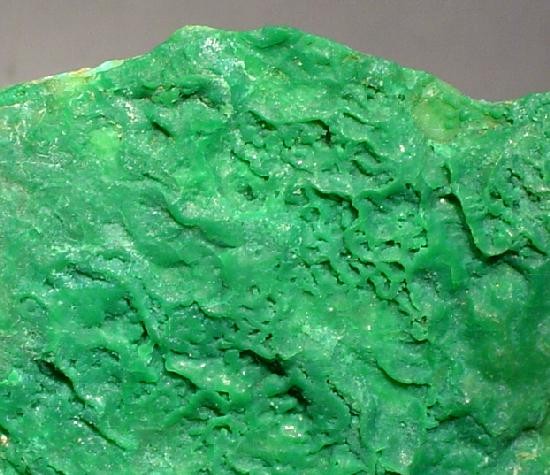|
List Of Minerals Recognized By The International Mineralogical Association (F)
__TOC__ F Fa – Fe #Fabianite (IMA1967 s.p., 1962) 6.FC.2 (CaB3O5(OH)) # Fabrièsite (zeolitic tectosilicate: IMA2012-080) 9.G? o # [...More Info...] [...Related Items...] OR: [Wikipedia] [Google] [Baidu] |
Fabianite
Fabianite is a borate mineral with the chemical formula CaB3O5(OH). It is colorless and leaves a white streak. Its crystals are monoclinic prismatic. It is transparent and fluorescent. It has vitreous luster. It is not radioactive. Fabianite is rated 6 on the Mohs Scale. It was named for Hans-Joachim Fabian, a German geologist. See also * List of minerals This is a list of minerals for which there are articles on Wikipedia. Minerals are distinguished by various chemical and physical properties. Differences in chemical composition and crystal structure distinguish the various ''species''. Within a m ... References Webmineral Entry * * Calcium minerals [...More Info...] [...Related Items...] OR: [Wikipedia] [Google] [Baidu] |
Falsterite
Falsterite is a rare phosphate mineral with the formula Ca2MgMn2+2(Fe2+0.5Fe3+0.5)4Zn4(PO4)8(OH)4(H2O)14.Kampf, A.R., Mills, S.J., Simmons, W.B., Nizamoff, J.W., and Whitmore, R.W., 2012. Falsterite, Ca2MgMn2+2(Fe2+0.5Fe3+0.5)4Zn4(PO4)8(OH)4(H2O)14, a new secondary phosphate mineral from the Palermo No. 1 pegmatite, North Groton, New Hampshire. American Mineralogist 97(4), 496-502 It is a pegmatitic mineral, related to the currently approved mineral ferraioloite. Occurrence and association Falsterite was found in Palermo No. 1 pegmatite, North Groton, Grafton County, New Hampshire, US. Co-type locality is pegmatite at Estes quarry, Baldwin, Cumberland County, Maine, US. Falsterite is a product of alteration of triphylite and sphalerite Sphalerite (sometimes spelled sphaelerite) is a sulfide mineral with the chemical formula . It is the most important ore of zinc. Sphalerite is found in a variety of deposit types, but it is primarily in Sedimentary exhalative deposits, sedimen ... [...More Info...] [...Related Items...] OR: [Wikipedia] [Google] [Baidu] |
Boulangerite
Boulangerite is an uncommon monoclinic orthorhombic sulfosalt mineral, lead antimony sulfide, formula Pb5Sb4S11. It was named in 1837 in honor of French mining engineer Charles Boulanger (1810–1849),http://www.mindat.org/min-738.html Mindat and had been a valid species since pre- IMA. It was first described prior to 1959, and is now grandfathered.http://webmineral.com/data/Boulangerite.shtml Webmineral data Properties Boulangerite was considered to be a really rare mineral until later they found numerous ore deposits of said mineral. Nowadays it is considered as an uncommon mineral, which is rather cheap, with a color of light blue to black to grey. The dust of the mineral is black. Pseudohexagonal shape is common for this mineral. It forms rings rarely. It is the homeotype of lopatkaite. The strong subcell is orthorhombic, and has a halved c. It forms small, elongated prismic or fine, needle-like crystals. Each crystal can grow up to a few centimeters, and crystals can only ... [...More Info...] [...Related Items...] OR: [Wikipedia] [Google] [Baidu] |
Falcondoite
Falcondoite, a member of the sepiolite group, was first discovered in the Dominican Republic, near the town of Bonao. The mineral was found in a deposit mined by Falconbridge Dominica, and so was named "falcondoite" after the company. Falcondoite is frequently associated with sepiolite, garnierite, talc, and serpentine, and is commonly nickel-bearing. While the chemical formula for falcondoite can vary, the mineral must contain more nickel than magnesium to be considered its own species. The ideal chemical formula for falcondoite is (Ni,Mg)4Si6O15(OH)2·6H2O. Occurrence Falcondoite occurs in an extensive deposit of laterite near the town of Bonao in the Dominican Republic. This deposit is part of a serpentinized harzburgite massif, which is composed of limonitic and serpentinitic ore. It's found in whitish-green veins of garnierite that is rich in sepiolite material. These veins are often only millimeters to centimeters thick, and can be formed by the infill of tension fracture ... [...More Info...] [...Related Items...] OR: [Wikipedia] [Google] [Baidu] |
Faizievite
Faizievite is a very rare mineral with the formula K2Na(Ca6Na)Ti4Li6Si24O66F2.Agakhanov, A.A., Pautov, L.A., Uvarova, Y.A., Sokolova, E.V., Hawthorne, F.C., Karpenko, V.Y., and Gafurov, F.G., 2007. Faizievite, K2Na(Ca6Na)Ti4Li6Si24O66F2 - a new mineral species. New data on minerals 42, 5-10 This triclinic mineral is chemically related to baratovite and katayamalite. Faizievite is a single-locality mineral, coming from the moraine of the Darai-Pioz glacier, Tien Shan Mountains, Tajikistan. Alkaline rocks of this site are famous for containing numerous rare minerals, often enriched in boron, caesium, lithium, titanium, rare earth elements, barium, and others. Occurrence and association Faizievite was detected in quartz boulders, together with aegirine, baratovite, fluorite, leucosphenite, pectolite, and polylithionite. Notes on chemistry and structure Strontium and trace amounts of rubidium, barium and niobium are present in the structure of faizievite. One of the sodium sites is ... [...More Info...] [...Related Items...] OR: [Wikipedia] [Google] [Baidu] |
